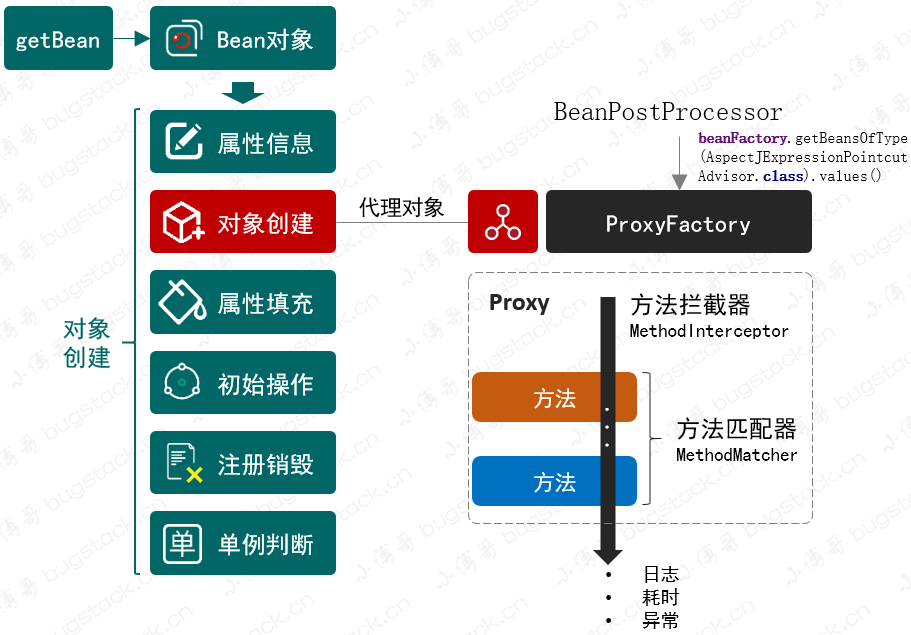1、基本使用步骤
- 引入依赖:在项目中添加 HTTPclient 的依赖,如果使用 Maven,可以在
pom.xml文件中添加如下依赖:
<dependency>
<groupId>org.apache.httpcomponents</groupId>
<artifactId>httpclient</artifactId>
<version>4.5.13</version>
</dependency>
- 创建 HttpClient 实例:通常使用
CloseableHttpClient来创建一个可关闭的 HTTP 客户端实例。可以通过HttpClients工具类来创建,如:
CloseableHttpClient httpClient = HttpClients.createDefault();
- 创建 HttpUriRequest 实例:根据不同的 HTTP 请求方法,创建相应的请求实例,如
HttpGet、HttpPost等。例如创建一个 GET 请求:
HttpGet httpGet = new HttpGet("https://example.com/api/data");
- 执行请求 execute方法:使用
HttpClient实例执行请求,并获取响应。
CloseableHttpResponse response = httpClient.execute(httpGet);
- 处理响应:从响应中获取状态码、响应头、响应体等信息。
try {
// 获取状态码
int statusCode = response.getStatusLine().getStatusCode();
System.out.println("Status Code: " + statusCode);
// 获取响应头
Header[] headers = response.getAllHeaders();
for (Header header : headers) {
System.out.println(header.getName() + ": " + header.getValue());
}
// 获取响应体
HttpEntity entity = response.getEntity();
if (entity!= null) {
String responseBody = EntityUtils.toString(entity, "UTF-8");
System.out.println("Response Body: " + responseBody);
}
} finally {
// 关闭响应和客户端
response.close();
httpClient.close();
}2、案例
2.1 Get方法案例
/**
* 测试通过httpclient发送GET方式的请求
*/
public void testGET() throws Exception{
//创建httpclient对象
CloseableHttpClient httpClient = HttpClients.createDefault();
//创建请求对象
HttpGet httpGet = new HttpGet("http://localhost:8080/user/shop/status");
//发送请求,接受响应结果
CloseableHttpResponse response = httpClient.execute(httpGet);
//获取服务端返回的状态码
int statusCode = response.getStatusLine().getStatusCode();
System.out.println("服务端返回的状态码为:" + statusCode);
HttpEntity entity = response.getEntity();
String body = EntityUtils.toString(entity);
System.out.println("服务端返回的数据为:" + body);
//关闭资源
response.close();
httpClient.close();
}
}2.2 Post方法请求:
相比GET请求来说,POST请求若携带参数需要封装请求体对象,并将该对象设置在请求对象中。
public void testPOST() throws Exception{
// 创建httpclient对象
CloseableHttpClient httpClient = HttpClients.createDefault();
//创建请求对象
HttpPost httpPost = new HttpPost("http://localhost:8080/admin/employee/login");
JSONObject jsonObject = new JSONObject();
jsonObject.put("username","admin");
jsonObject.put("password","123456");
StringEntity entity = new StringEntity(jsonObject.toString());
//指定请求编码方式
entity.setContentEncoding("utf-8");
//数据格式
entity.setContentType("application/json");
httpPost.setEntity(entity);
//发送请求
CloseableHttpResponse response = httpClient.execute(httpPost);
//解析返回结果
int statusCode = response.getStatusLine().getStatusCode();
System.out.println("响应码为:" + statusCode);
HttpEntity entity1 = response.getEntity();
String body = EntityUtils.toString(entity1);
System.out.println("响应数据为:" + body);
//关闭资源
response.close();
httpClient.close();
}

